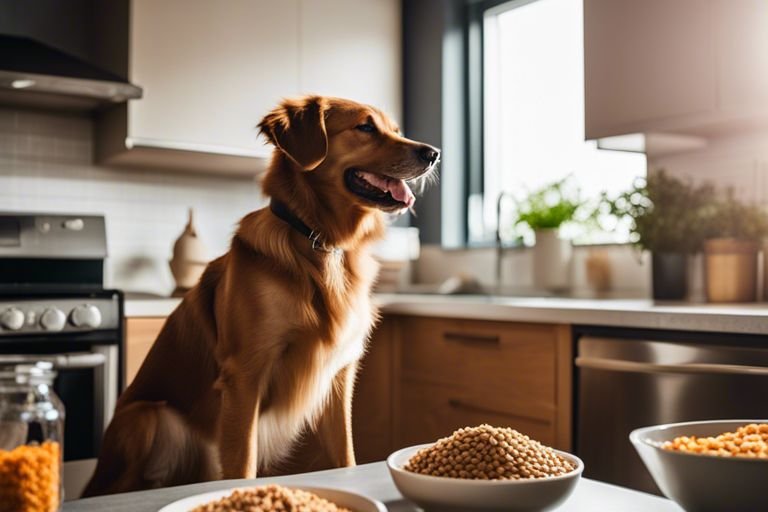Advanced Strategies For Off-Leash Training For Dogs That Actually Work
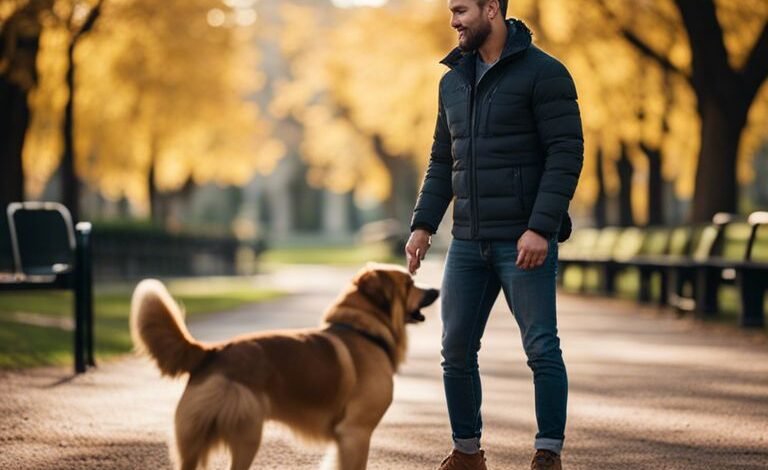
These advanced approaches will take your off-leash training to a higher notch and result in a closer bond between you and your pet. These are some useful tips that may help you achieve much better results in terms of managing your dog’s behavior even when there are many distractions around. Discover how to instill trust, create boundaries and reinforce right conduct for successful off-leash adventures with ones four-legged friend.
Key Takeaways:
- Consistency: It is important to maintain consistency during off-leash training of dogs. Set clear rules and limit with enforcement.
- Proofing Behavior: Enhance your dog’s off-leash behavior by slowly increasing the distraction level and distance covered by the dog. Practice in different environments.
- Positive Reinforcement: Use rewards such as treats, praise or play when he does something right. This makes them more likely to do it again.
- Work on Recall: Teach your dogs how to respond well when called back home. Fun should be part of the equation since it will make them return when called if they are out of sight.
- Establish Trust And Build A Relationship That Helps In Dog Off-Leashing
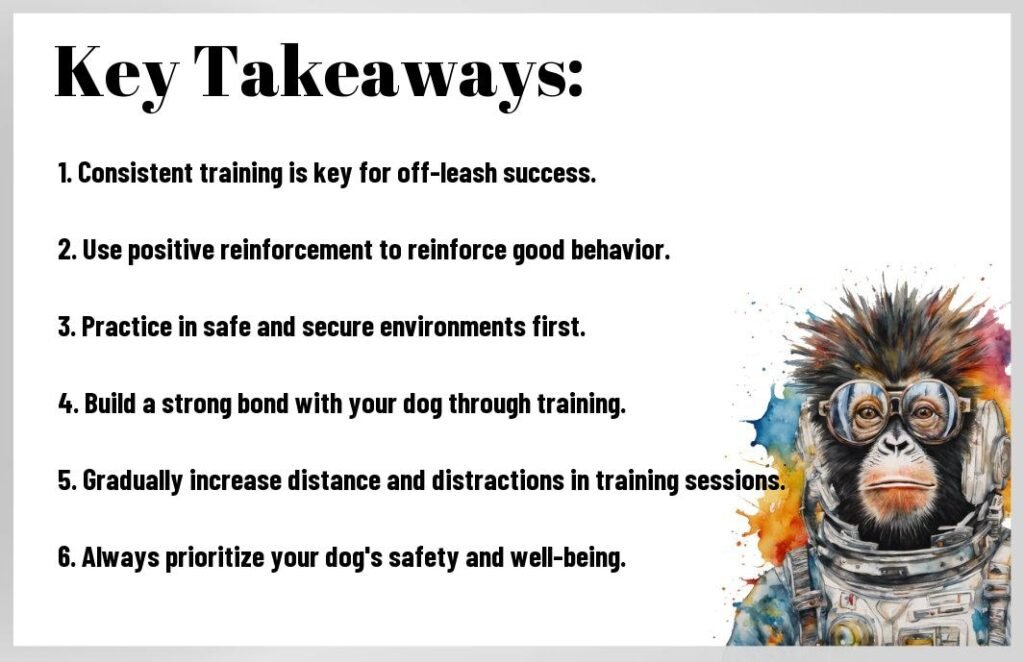
Establish Trust And Build A Relationship That Helps In Dog Off-Leashing
Evaluating Your Pet’s Preparedness
Dogs have different behaviors; obedience levels and characters. Like mentioned before, assess if your pet is ready for off-leash training before starting it at all costs. If you can consistently control him, he knows how to come back and has self-control in various situations then he can be trusted off leash already However if there are tendencies of getting lost, failure to respond or distraction consider going back a step and train basic commands while still on a leash before leaving it.
Picking The Right Environment
The choice of environment also determines whether one can let his/her dog go free without fear. Start with secure enclosed places where there is no other animals around or noise that could distract him/her. One can choose a backyard with fence, calm field or at times during off peak hours even designate the dog park for this purpose. As your pet becomes more reliable around you when not on a leash, slowly expose him/her to different environments that are more challenging.
Environment plays a crucial role in the success of off-leash training. A safe and controlled space allows you to focus on your dog’s behavior and progress without external disruptions. As your dog gains confidence and proficiency in obeying commands off-leash, you can gradually expose them to more stimulating environments to further reinforce their training.
Building Trust And Focus
For any successful free-roaming training sessions with your pet, trust building should always be a part of it as well as focus. Without these two elements, it is difficult for the animal to listen or follow instructions properly in an environment filled with distractions.
Establishing Clear Communication
Clarity is key when it comes to establishing trust between you and your hound. Consistency is vital because dogs rely on cues and prompts constantly.
Trust Building Exercises
You could try some exercises like ‘eye contact’ games which will help improve trust and increase obedience towards their handlers.
To create a stronger bond with your dog, incorporate cooperative and teamwork-related activities. By involving in activities that require your effort in order to achieve something with the dog, you will improve your relationship and increase trust between you.
Redirecting Attention
In order to maintain concentration when there are many distractions around, one must practice refocusing his or her dog back on him/her. In such cases, use high-value food items or toys to regain their attention after they have been distracted by the environment.
The main trick here is just to keep redirecting your dog’s attention through different situations thereby increasing the degree of diversionation as its focus on you strengthen.

Basic Off-Leash Commands
But before going into advanced methods of training specifically for off leash use for dogs it is important that we start with establishing basic commands for a dog without a leash. If you wish to know when can my puppy go off leash, check this page out at When Can You Let Your Dog Off Leash?.
Recall: The Foundation of Off-Leash Training
A solid recall forms the basis of any off-leash training program. This should be done using a long leash in a secure location while calling your pet happily towards yourself. As soon as they arrive at where you are standing shower them with treats or praise them openly. As both distance and distraction intensifies so will this command’s permanence.
Teaching "Stay" and "Wait"
Off-leash “stay” and “wait” commands are crucial for safety purposes on your dog. Commence by instructing your pet to stay at one place for brief periods extending it gradually as they learn more about what is required of them. At times, “wait” serves as an interim command advising that your canine should hold back slightly before proceeding further. Repeating these commands consistently under various conditions will enforce them further.
It calls for patience as well as consistency when engaging in any form of off-leash training. To advance to off-leash activities in unfenced areas, they must be reliable when it comes to “wait” and “stay” commands.
Introducing "Come" and "Here"
Coming when called is a very important skill that your dog needs to know so that he can respond immediately every time you call him off the leash. Start indoors or outside in a fenced yard with minimal distractions using high value rewards to help them understand what you’re asking of them. Practice regularly in different environments and gradually increase the distance between you and your dog.
Introducing “come” and “here” commands are essential for ensuring your dog’s safety during off-leash excursions as well as providing peace of mind for yourself. Regular training along with positive reinforcement will enable your puppy to comprehend these phrases and act accordingly.
Advanced Off-Leash Techniques
Now after mastering basic off leash techniques, taking this training further is necessary. These advanced strategies can assist you in maintaining control over an obedient dog under even challenging circumstances:
- Distractions and Interruptions
Challenge Strategy Distractions and Interruptions High distractions Train commands in varying environments with increasing distractions levels. Challenge Strategy Unexpected interruptions Teach concentration on you regardless of sudden distractions from anywhere else.
Distractions and Interruptions
One key component of advanced off-leash training involves making sure a dog listens to its master even if there are distractions or disturbances happening around it. Gradually exposing a dog into different settings each having varied degrees of distraction can manage it. Begin from a secluded place up to places such as parks or crowded streets where many people go by at once. If an interruption occurs teach the dog through instant calls or commands that require its attention back on you again.
Increasing Distance and Duration
- Techniques
Challenge Strategy Techniques Distance When giving commands, always increase the gaps between you and your dog.. Challenge Strategy Duration Teach the dog to stay for longer periods of time without moving.
This advanced technique is aimed at improving on your dog’s distance control and duration of stays. Begin by increasing gradually the distance from which you give them a command such as sit or come. Moreover, work on increasing how long your dog holds commands like wait or stay in this position. It will be possible to improve the intensity of a dog’s obedience even when it is kept at a distance through consistently practicing these drills.
Adding Complexity to Commands
Distance plays a very important part in making off-leash commands more complex. Introduce commands at different distances to enable your pet listen attentively no matter its position relative to you. Start with basic commands like sitting and staying but do it in short proximity; subsequently, try advancing it further so as to check on obedience and concentration of your dog. This technique enhances your dog’s ability to understand and follow directions effectively in various situations.
For advanced off-leash training, complexity must be included into commands so as to keep dogs attentive and responsive all along. By incorporating elements such as distraction, duration and distance during training sessions, one can see that such requirements are put forward to dogs and they should not ignore them under any circumstances because sometimes dogs may be in challenging environments; hence their obedience could be tested most vigorously by trainers.” Through consistent practice combined with patience, one becomes closer with his/her best friend while enjoying freedom that comes with off leash adventures.
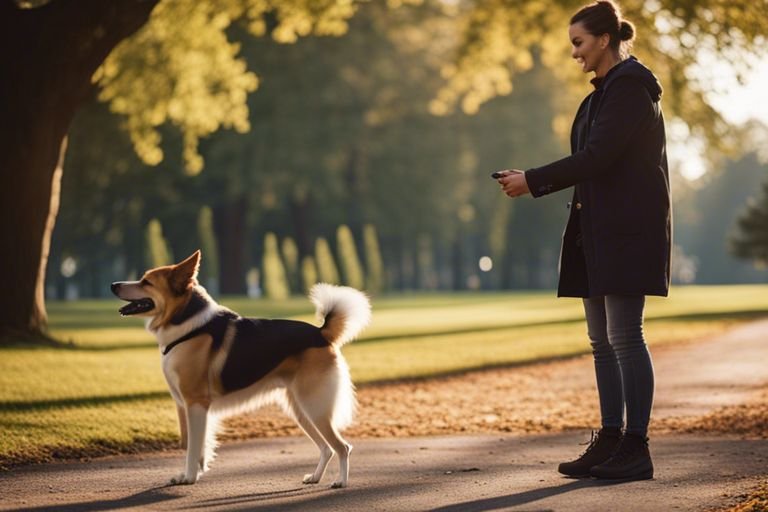
Managing Common Challenges
Dealing with Fear and Anxiety
It is therefore essential to set up safe environments that offer positive reinforcement for dealing with fear or anxiety issues related to off-leash training dogs. Gradually expose your puppy to stimuli that provoke fear starting from low key scenarios upping his exposure level as he becomes at ease. Learn to associate such cues with positive events by giving them treats, playing or praising them.
Addressing Excitement and Overstimulation
On the other hand, dealing with excitement and over-stimulation calls for training your dog self-discipline and impulse control. Teach your dog to stay calm later on instead of showing too much energy through using an exercise called stay or leave it. Take frequent breaks during the training so as not to lose your pet’s concentration because of becoming too excited.
With proper training and regular practice, one can help a dog in managing its enthusiasm levels even if he is stimulated.
Coping with Distractions and Interruptions
For handling distractions and interruptions during off-leash training start by building up strong base of basic obedience commands in a controlled environment. Gradually introduce distractions such as noises, movements or other animals to desensitize your dog and teach them how to concentrate despite external stimuli. Give your dog high value treats when they ignore distractions – focus on you instead.
It is very normal in the course of dogs’ education process that there will be expected obstacles which one may overcome patiently through rewarding it positively thereby consistent training may help it get over such common mistakes like those experienced due to distraction of dogs during off leash sessions are likely described above.”
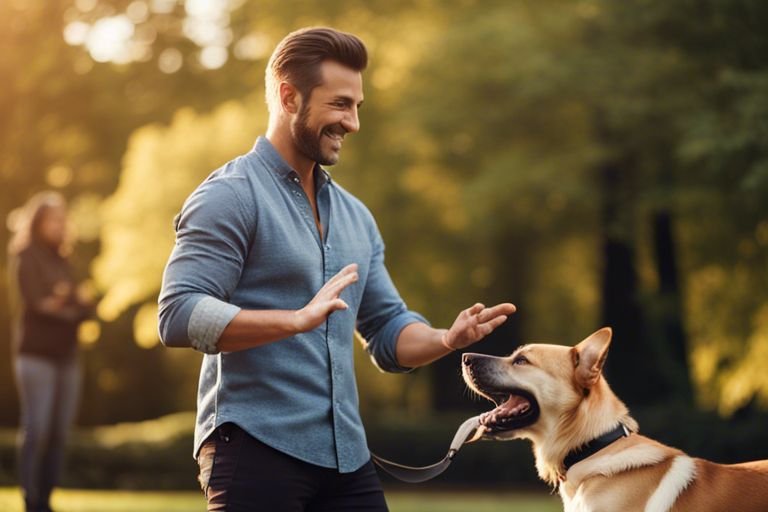
Maintaining Progress and Preventing Regression
Again, congratulations on the progress you have made with your non-restraint training of your dog. It is important to build on this momentum while avoiding a reversal of your dog’s behavior. Consistency and routine, reinforcing good behavior, and avoiding common mistakes are key pillars to ensure your dog continues to excel off-leash.
Consistency and Routine
As for off-leash training, consistency is the name of the game. Dogs love predictability so sticking to a consistent schedule will help them learn exactly what you want them to do. Whether it’s daily walks, training sessions or playtime; establish a routine that your dog can rely upon.
Reinforcing Good Behavior
During your off-leash expeditions always remember to reward and reinforce good behavior. Praise them enthusiastically when they listen to your commands, come back when called or stay at close range and offer treats/toys as a reward. Positive reinforcement helps shape your pet’s behavior positively as well as strengthens the bond between you.
Furthermore, rewarding good behaviour consistently helps dogs understand expectations and encourages repetition in future actions. With positive reinforcement such as food rewards etc., dogs become very comfortable with running around without leashes if their masters desire so.
Avoiding Common Mistakes
Preventing regression also involves being aware of common mistakes that can derail your off-leash training progress. Some common errors include inconsistent rules and boundaries, using punishment or negative reinforcement methods, or permitting unsafe/unfamiliar areas for off-leashing dogs.
It is therefore imperative that you keep in mind various factors concerning how you should train him/her under different grounds during this period. By being vigilant enough to act on arising issues immediately thus preventing set-backs thereby continuing building a strong basis in which successful off-leash training can take place.
Summing up
Hence, when it comes to advanced strategies for off-leash training for your dog, consistency, patience, and positive reinforcement are key. By gradually building trust and reinforcing good behavior, you can teach your dog to listen and respond to commands even when off-leash. Remember to always prioritize safety and start in a controlled environment to set your dog up for success.
FAQ
Q: What are the benefits of off-leash training for dogs?
A: Off-leash training is a great way for dogs to have more freedom to explore, develop trust between dog owners and their pets, develop obedience skills as well as recall abilities.
Q: How can I start off-leash training with my dog?
A: Start by practicing basic obedience commands such as sit, stay, come in a confined space. As your dog improves increase the distance from you and add distractions.
Q: What are some advanced strategies for off-leash training?
A: Make walks, hikes or play sessions be part of the everyday life and incorporate them into it as much as possible. Use techniques like positive reinforcement and rewards in order to keep up the good behavior while advancing on this area.
Q: What are some advanced strategies for off-leash training?
A: To begin with do it inside an enclosed place where he cannot escape from before progressing slowly to other open areas. Always have your eyes fixed on him while carrying out this exercise; thus take with you his favorite snack(s) together with a long line leash just in case something goes wrong.
Q: How can I ensure my dog's safety during off-leash training?
A: There are several factors that determine the time frame of training a dog to go unleashed, including breed traits, age and behavior. Consistent practice, patient endurance and positive reinforcement are central in achieving successful off-leash behavior; however, it may encompass from weeks up to months before any guarantee can be given.


